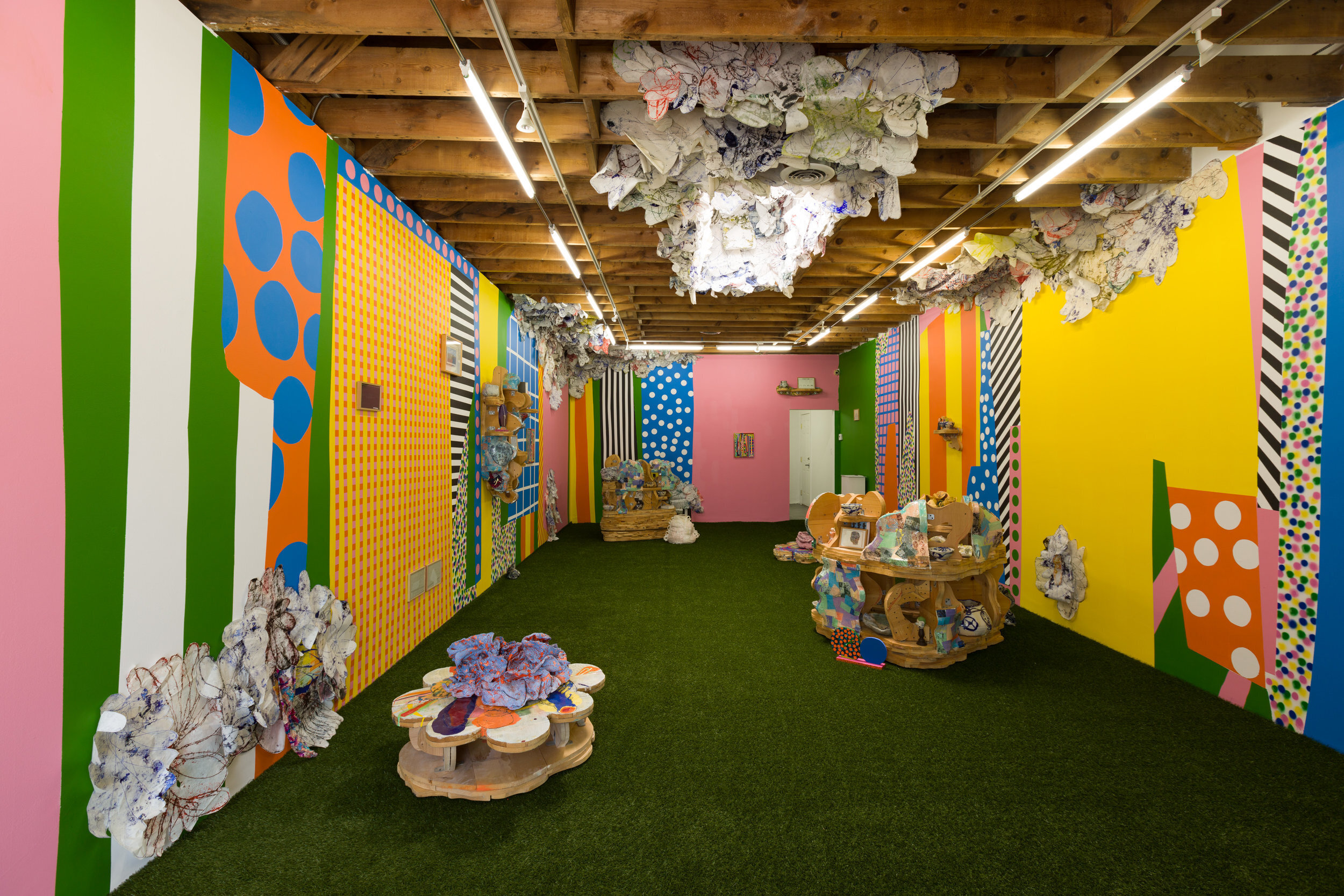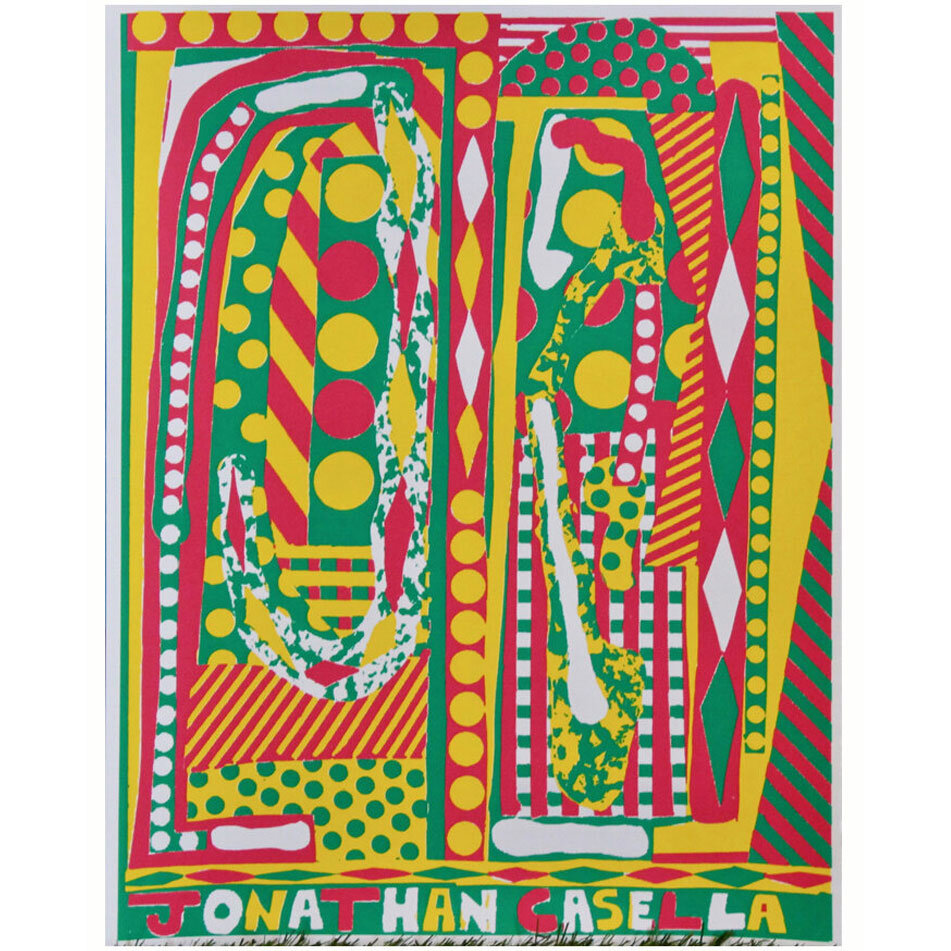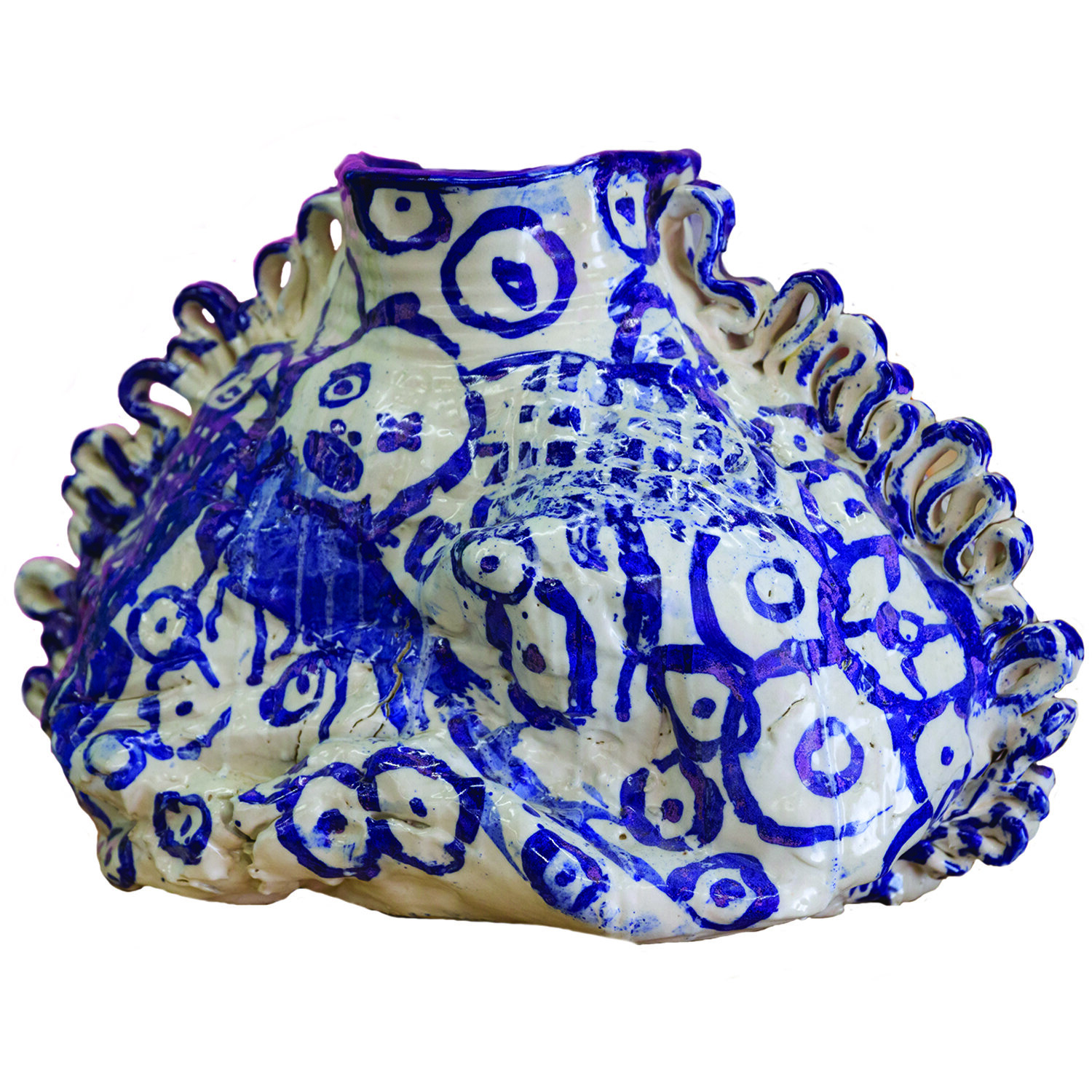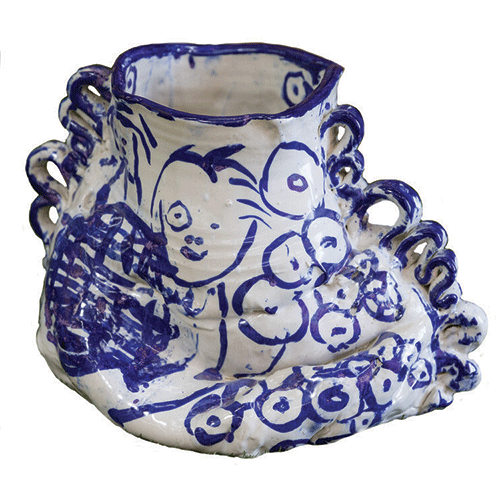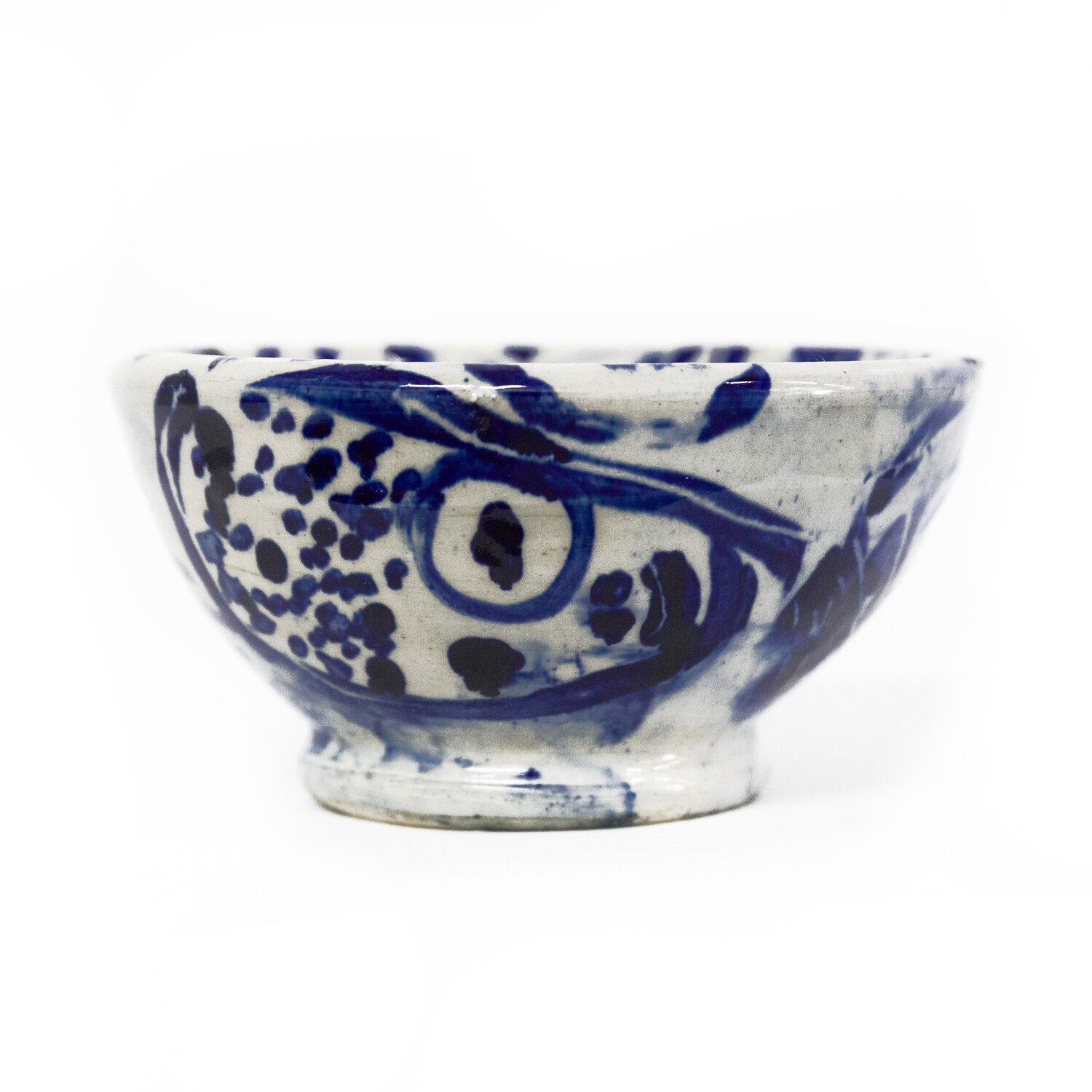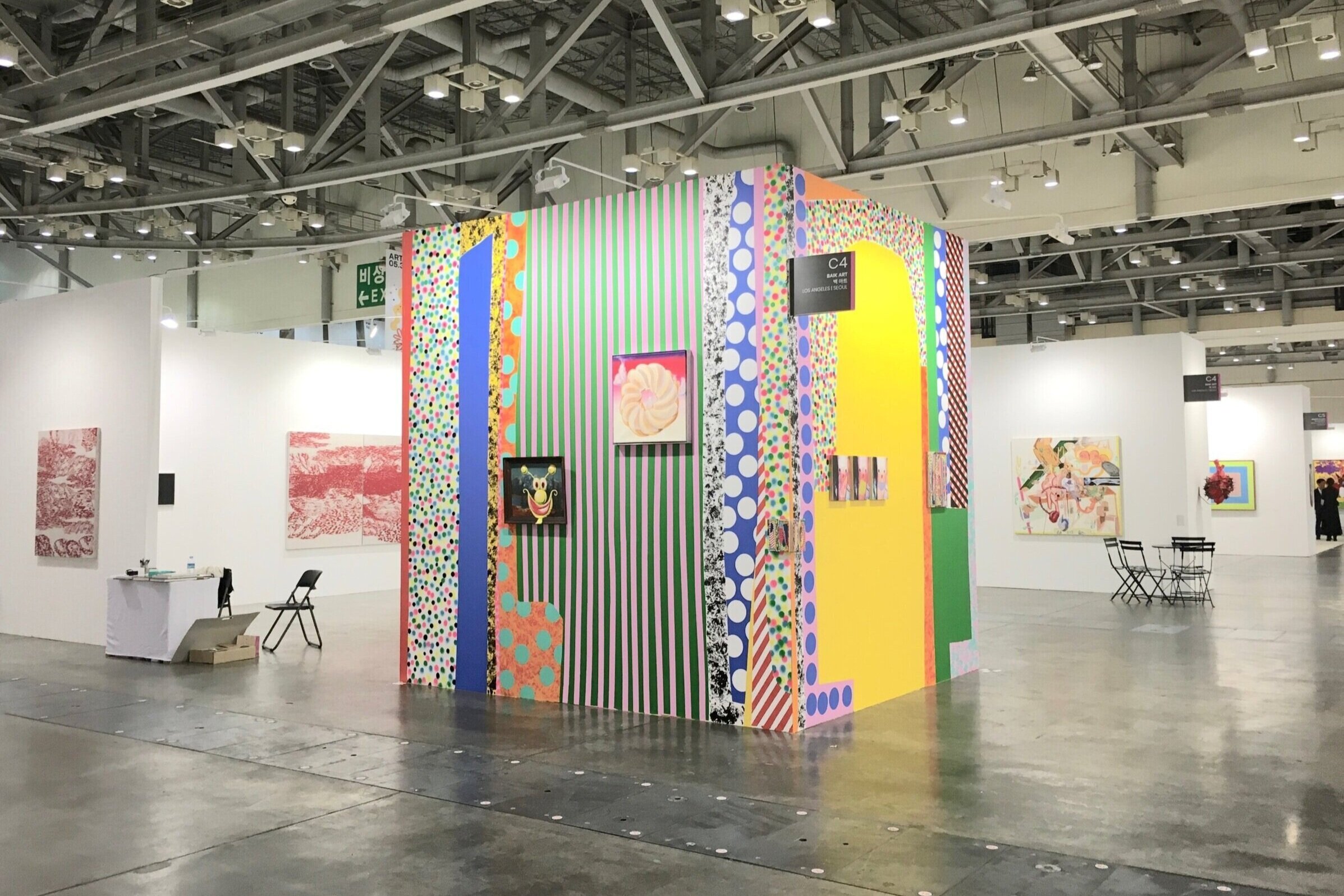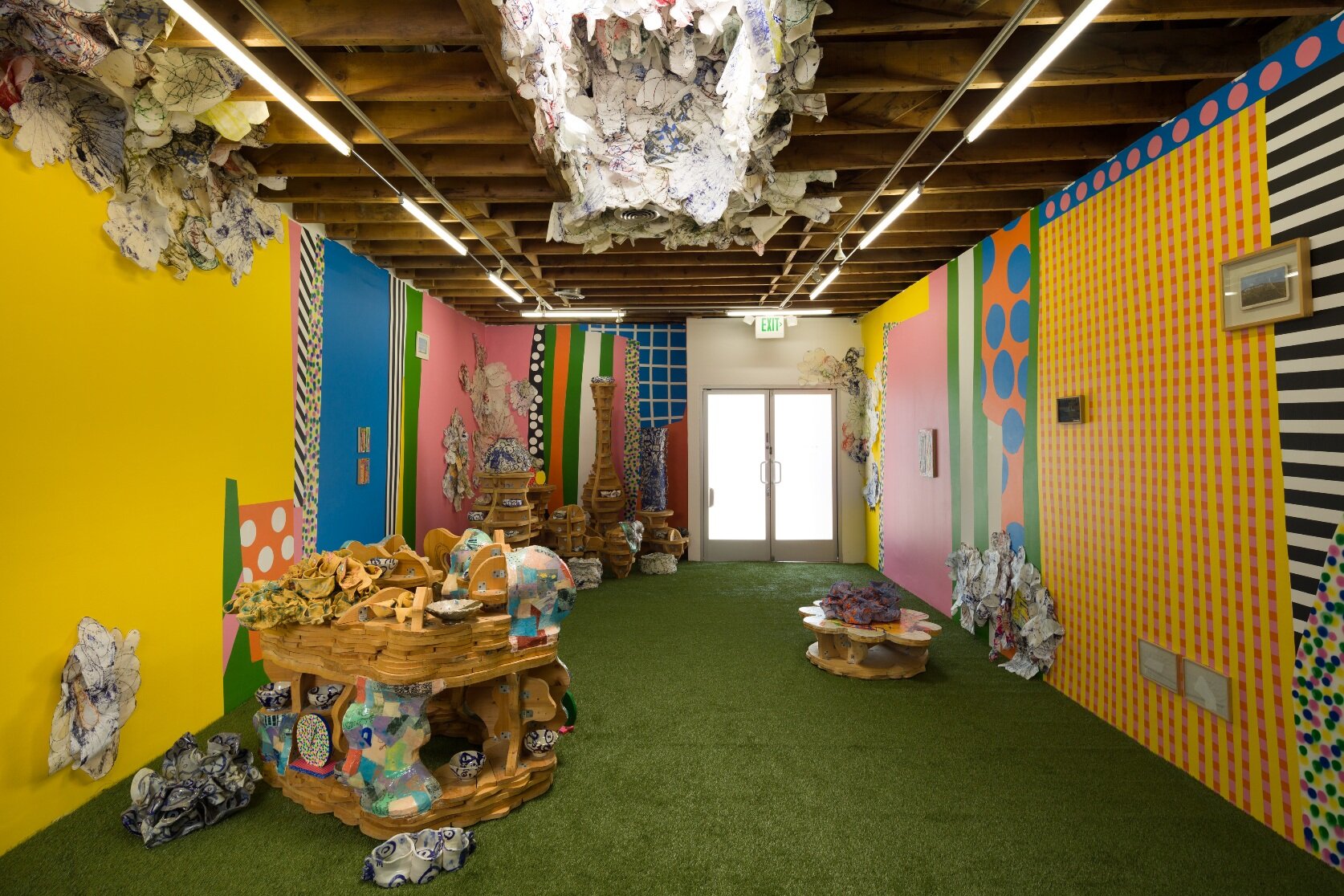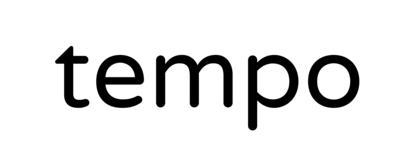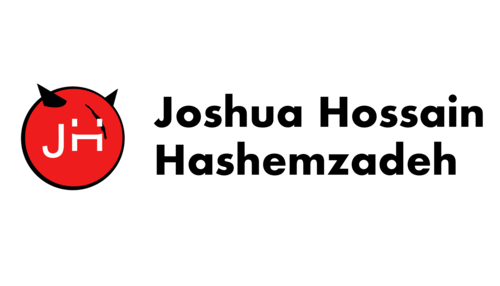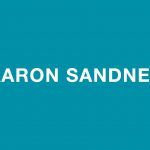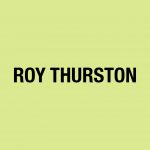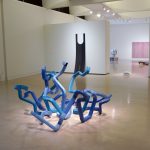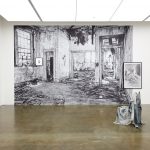Joshua Hashemzadeh: At a time when we are perpetually bombarded with digital imagery how do you aim to engage audiences within a physical space? What are the challenges with presenting work as a virtual representation or reproduced image, versus displaying objects in the traditional gallery or storefront setting?
끊임없이 디지털 이미지에 노출 받는 이 때에 물리적 공간 내에서 청중을
참여시키기 위해 무엇을 목표로 삼으시나요? 기존 갤러리나 건물 앞에 딸린 공간과 같은 환경에서
오브젝트를 전시하는 것과 비교하여 가상의 표현 또는 재현된 이미지로 작업을 표시하는 데에 있어
생기는 어려움은 무엇인가요?
Pablo De Pinho: We are in the information age, and that comes with its pros and cons. In terms of visual imagery, the audience is becoming more intuitive and learning to filter their own list of what they want to view on a daily basis. It has become much easier to follow the work of artists and galleries from abroad.
우리는 정보화 시대에 살고 있으며, 여기에는 장단점이 있습니다. 시각적 이미지
측면에서 관객은 더욱 직관적이 되어 매일 보고 싶은 목록을 필터링하는 방법을 배우고 있고, 해외에서
온 아티스트들과 갤러리의 작품을 답습하는 것이 훨씬 쉬워졌습니다.
Jonathan Casella: I think, too, this instantaneous access to art viewing and learning, has desensitized the event of actually seeing and experiencing art. I think the traditional model of 4 white walls is at this point a sensational retardant. Maybe for better or worse, an art show now has to be a whole “show”, an experience geared towards engagement, or at least attention. A greater audience is now interested in art viewing, some of the vernacular of the ol’ exhibition needs to be sugar coated or free-baseable.
저 역시 미술 작품 감상과 학습에 대한 즉각적인 접근이 실제로 작품을 보고
경험하는 일을 둔감하게 만들었다고 생각합니다. 저는 4개의 흰 벽으로 구성된 전통적인 모델이 현
시점에서는 센세이셔널한 억제제라고 생각합니다. 좋든 싫든 전시회는 이제 참여에 적합하도록, 혹은
적어도 주의를 끌 수 있게 구성된 전체적인 “쇼”가 되어야 합니다. 더 많은 청중이 이제 미술 작품 감상에
관심을 갖고 있기 때문에 오래된 전시회의 일부 양식은 보기 좋게 꾸며지거나 무료 기반이 되어야
합니다.
Pablo De Pinho: Virtual information gives us access to things, but we can only experience so much. Just like the technology of photography changed artists’ perceptions of what was once fine art, the internet and social media too, is impacting what we believe fine art to be nowadays.
Right now galleries, curators and artists are becoming aware of how technology is shaping art, and focusing on ideas to make the physical viewing experience of an art show truly irreplaceable. For example, by merging audio-visual mediums, site-specific installations, and exploring textures that the camera cannot capture, audiences can still feel engaged with a physical space.
Many artists too, are beginning to drift away from the traditional white cube, into apartments, warehouses, outdoors, pop-ups and unique events as well. I am very much interested in the idea of a free or alternative spaces, in which art, design and craft can coincide.
가상 정보는 우리가 사물에 접근할 수 있게 해주지만, 우리는 많은 것을 경험하게
되었을 뿐입니다. 사진 기술이 한때 순수 미술이었던 것의 인식을 바꾼 것처럼 인터넷과 소셜 미디어 역시 오늘날 우리가 미술이 어떠해야 한다고 생각하는 것에 영향을 미치고 있습니다.
현재 갤러리, 큐레이터 및 아티스트들은 기술이 어떻게 예술을 형성하는지에 대해 인식하고 있으며 전시회를 실제로 감상하는 경험을 그 무엇으로도 대체할 수 없게 만드는 아이디어에 집중하고 있습니다. 예를 들어, 시청각 매체의 통합과 위치 특정적 설치, 그리고 카메라가 포착할 수 없는 텍스처를 분석함으로써 청중은 여전히 물리적 공간에 참여하고 있다고 느낄 수 있습니다.
많은 아티스트들도 전통적인 화이트큐브의 전시공간에서 벗어나 아파트, 창고, 야외, 팝업스토어 및
독특한 이벤트와 같은 공간으로 이동하기 시작했습니다. 저는 미술, 디자인 및 공예가 동시에 발생할 수
있는 자유 공간 또는 대안 공간에 대한 아이디어에 매우 관심이 있습니다.
Joshua Hashemzadeh: I realize there are organizations doing this now, but do you feel like there will always be a need for physical exhibitions? I know when working with Jonathan we were considering how visitors may engage with the show online, but the physicality of these art pieces and this space remained crucial. How might this landscape of reproduced imagery and manufactured work affect traditions of craftsmanship? And how do you think you’ll confront this, Pablo, as you open your new space, Tempo Design Store?
지금 이 작업을 수행하는 단체가 있다는 것을 알고 있지만, 물리적 전시회가
항상 필요할 거라고 생각하시나요? 조나단과 함께 작업할 때 우리는 방문자들이 온라인으로 전시에
참여할 수 있는 방법을 고려하고 있었다는 걸 알지만, 이러한 예술 작품들과 이 공간의 물리적 특성은
여전히 중요했습니다. 재현된 이미지와 제작된 작품의 풍경이 장인 정신의 전통에 어떤 영향을 미칠 수
있을까요? 그리고 파블로 당신이 새로운 공간인 Tempo Design Store 를 오픈함과 동시에 어떻게 이를
직면할 수 있을 거라 생각하십니까?
Pablo De Pinho: I think there will always be a need for physical exhibitions. But the artists and art spaces are finding new ways to be less dependent on it, doing other types of projects both physically and online.
We are at a point right now that half of the art we see does not equate to good craftsmanship, and that’s not always a bad thing. There is a lot of good works that are not about building a virtuosic skill, but more about telling a story with any given media. So this landscape of reproduced imagery is only increasing the variety of art and artworks we can experience.
With this in mind, Tempo started as an online store in 2013, selling mostly paintings, sculptures, and drawing, then books, prints, and design objects. With the physical space opening in the Fall of 2018, Tempo will naturally expand its art selection to include design and craft objects as well.
This shift in consumer habits means that businesses must adapt and provide their products to an internationally-based virtual audience. However, this is still a secondary experience that does not replace the physical viewing experience.
There is an irreplaceable dynamic when artworks are viewed together in a room. And we plan to emulate that, providing a space where our audience can experience art and design all in the same place.
저는 물리적인 전시회가 항상 필요할 것이라고 생각합니다. 그러나 아티스트들과 예술
공간은 물리적으로나 온라인으로 다른 유형의 프로젝트를 수행하며 물리적 전시에 덜 의존할 수 있는 새로운 방법을 찾고 있습니다.
우리는 지금 우리가 보고 있는 미술의 절반이 훌륭한 장인 정신에 미치지 못하는 지경에 처해있습니다. 그것이 항상 나쁜 것은 아닙니다. 달인적인 기술을 구축하는 것에 관한 것이 아닌 주어진 미디어로 이야기를 나누는 것에 관한 많은 훌륭한 작품이 있습니다. 따라서 이 재현된 이미지의 풍경은 우리가 경험할 수 있는 미술과 미술 작품의 다양성을 향상시키고 있을 뿐입니다.
이를 염두에 두고 Tempo 는 2013 년에 온라인 상점으로 시작하여 주로 페인팅, 조각 및 드로잉을 판매했고, 후에 책, 인쇄물 및 디자인 오브젝트를 판매했습니다. 2018 년 가을에 물리적 공간을 오픈하면서 Tempo 는 디자인과 공예품을 포함하도록 미술 셀렉션을 자연스럽게 확장할 것입니다.
이러한 소비자 습관의 변화는 비즈니스가 국제 기반의 가상 고객에게 제품을 적용하고 제공해야 한다는 것을 의미합니다. 그러나 이것은 여전히 실제 감상할 수 있는 경험을 대체하지 못하는 이차적 경험일 뿐입니다.
미술 작품을 한 공간에서 함께 감상하는 행위에는 대체할 수 없는 역동성이 있습니다. 그리고 우리는 청중이 미술과 디자인을 모두 같은 장소에서 경험할 수 있는 공간을 제공하여 이를 모방할 계획입니다.
Jonathan Casella: I agree. The internet makes art more consumable, but it still needs context and setting. To me, “alternative” viewing spaces allow the artist to show what and how they want, when they want, but unless the setting is considered, and itself has value, it just ends up being a cheap trick pandering to commerce… which isn’t good or bad, just that maybe a white cube would of been more efficient.
저도 동의해요. 인터넷은 미술을 조금 더 소모적으로 만들지만 여전히
context 상황과 setting 환경을 필요로 합니다. 저에게 “대안적인” 감상 공간은 아티스트가 무엇을, 그리고
어떻게 원하는지, 원하는 때에 원하는 방식으로 보여줄 수 있게 해주지만, 환경이 고려되지 않고 그
자체가 가치가 없다면 상거래에 영합하는 값싼 속임수가 될 뿐입니다. 이는 좋거나 나쁘지도 않고, 그럴
거라면 화이트큐브 공간이 더 효율적이었을 것입니다.
Joshua Hashemzadeh: I think this notion of the art object as both this ideological experience and crafted object for retail, is quite an interesting one. Something I enjoyed about working with Jonathan as well as the other artists in the B.A.D. SUMMER exhibition, was the fact that these artists all have multiple ways of interacting with their work depending their current spatial context. They think about their works in domestic space, institutional settings and everywhere in between.
I know we all come from studio backgrounds, so I’ll address this to either of you. I’m curious since we, as a society, have started engaging with art in alternative ways, what does this do to the personality of an artist’s practice and their work? Does it change the way you create something knowing that the work you produce is never just responsible for existing in the studio or traditional exhibition space? I always find it interesting to think about the ways an art object has to interact with a multitude of settings whether it be the collection, domestic residence, social media, online store, retail space, etc.
저는 이 이데올로기적 경험이자 소매를 위해 제작된 오브젝트인 미술품이라는
개념이 상당히 흥미로운 것이라고 생각합니다. B.A.D. Summer 전시에서 조나단을 비롯해 다른
아티스트들과 함께 일하면서 즐거웠던 점은 이 아티스트들은 모두 현재 공간적 상황에 따라 여러 가지
방식으로 그들의 작품과 상호 작용할 수 있는 방법을 갖고 있다는 것이었습니다. 그들은 가사 공간,
제도적 환경, 그리고 그 사이의 모든 곳에서 작업을 생각합니다.
우리 모두 스튜디오에서 작업을 시작한 걸 알고 있기 때문에 두 분 중 한 명에게 질문을 하겠습니다.
저는 우리가, 하나의 사회로서 대안적인 방식으로 미술과 관계를 맺기 시작한 이래로 그것이 아티스트의
실습과 작품의 성격에 어떤 영향을 미치는지 궁금합니다. 당신이 제작한 작품이 스튜디오나 기존 전시
공간에 존재하는 것에 대해서만 책임을 지지 않는다는 것을 아는 사실이 무언가를 창작하는 방식을
바꾸나요? 저는 컬렉션, 거주지, 소셜 미디어, 온라인 상점, 소매점 등이든지 간에 예술 작품이 다양한
환경과 상호 작용하는 방식에 대해 생각하는 걸 항상 흥미롭게 여깁니다.
Pablo De Pinho: Before the internet, the context of the art exhibition was very closed off. Meaning that, the only other way to experience the artist’s work was to go to other shows exhibiting the same artist or to see a publication of the artist’s work.
As artists, we are taking note of the ease in accessibility, and how our work is documented online which can be accessed by millions of people. This accessibility to art, design and craft, changes the way we approach our work. The digital illusion that the work is permanent can lead artists to overthink their ideas, and to be less improvisational, and naturally more self conscious, knowing that the work will be online forever.
인터넷이 나오기 이전에 미술 전시회의 상황은 매우 폐쇄적이었습니다. 즉, 아티스트의
작품을 경험할 수 있는 유일한 다른 방법은 동일한 아티스트의 작품을 전시하는 다른 전시를 보거나
아티스트의 공개된 작품을 보는 것이었습니다.
우리는 아티스트로서 손쉬운 접근성 및 수백만 명의 사람들이 접근할 수 있도록 우리의 작품이
온라인에서 어떻게 문서화 되는지에 주목하고 있습니다. 미술, 디자인 및 공예에 대한 이러한 접근성은
우리의 업무 접근 방식을 변화시킵니다. 작품이 영구적으로 남을 것이라는 디지털적 착각은 아티스트로
하여금 자신의 아이디어를 지나치게 생각하게 하고, 덜 즉흥적이며, 자연스럽게 더 자의식적이 되도록
이끌 수 있습니다. 그들의 작품이 온라인에서 영원할 거라는 걸 알기 때문입니다.
Jonathan Casella: I feel like I fell into these ideas accidently. I initially saw my clocks as a fully conceptual object, only slightly removed from my paintings. The accident is that they just happened to look good on a shelf. I like the idea that the work can be hidden in the everyday, and that maybe it’s unsung victory in the end. And while the consumability of the object works well, I still don’t know if it’s good for the work.
I struggle with this. You and I talked about it initially, how obtainable the clocks should be, and whether they hold up as a consumable object or collectable artwork. That said, B.A.D. SUMMER does a good job of tying up all those loose ends- creating an environment where the scales are balanced.
To me, I think a utilitarian art object offers experienced collectors something precious and playful in the way a toy would, v.s. something like a painting or large sculpture. And in the same mode, offers a novice collector a safe route into collecting. But, then, at what point are they just tchotchkes? I know its an age old question.
저는 우연히 이 아이디어를 갖게 된 것 같습니다. 저는 처음에는 제 시계를 제
페인팅에서 약간만 동떨어진 완전히 개념적인 오브젝트로 보았는데, 그 시계들이 우연히 선반에서
멋지게 보였습니다. 저는 작품이 일상의 삶에서는 숨겨질 수 있고, 결국에는 인정받지 못하는 승리로
이어질 수도 있다는 아이디어를 좋아합니다. 그리고 그 오브젝트의 소모성은 잘 작동하는 반면에, 그것이
그 작품에 좋은 건지는 여전히 모르겠습니다.
저는 이로 인해 고심합니다. 우리는 처음에 시계가 얼마나 쉽게 구해질 수 있어야 하는지, 그리고 시계가
소모품인지 아니면 수집 가능한 예술품으로 보일 수 있는지에 대해 이야기했습니다. 그렇기는 해도
B.A.D. SUMMER 전시는 스케일이 균형을 이루는 환경을 만들어 마무리를 잘 지었습니다.
저는 실용주의 미술품이 숙련된 수집가들에게 페인팅이나 큰 조각품 같은 것과는 다르게 장난감과 같은
방식으로 귀중하고 재미있는 것을 제공한다고 생각합니다. 그리고 같은 모드에서 초보 수집가에게는
수집하는 안전한 경로를 제공합니다. 그러나 그렇다면, 그들은 어떤 시점에서 단지 골동품이 되는
걸까요? 저는 이 질문이 해묵은 질문이라는 걸 알고 있습니다.
Joshua Hashemzadeh: Jonathan, I like this notion of your works operating as objects a degree away from painting that get hidden into everyday experiences. It kind of points to this intersection of austere artistic tradition and mass consumability. Your paintings seems to incorporate rich formalist gestures and unapologetically dial them up to 11. They beg to be seen and refuse to be ignored in the best way possible. I feel they become more than conceptual art history or theory, although you seem aware of that. What really drew me in was transmorphic your work can be. A painting is not just a painting, but instead a clock, a bench, wallpaper, an ecosystem.
You seem to have taken a visual style that reads as painting, yet made it a lens one could use to experience the world. That’s somewhat rare amongst painters. I imagine it’s challenging creating something so accessible while finding ways to root it in the realm of fine art, no?
조나단, 저는 일상적인 경험에 숨겨져 있는 페인팅과는 거리가 먼 오브젝트로
작동하는 당신 작품의 개념을 좋아합니다. 그것은 엄격한 예술적 전통과 대량 소모성의 교차점을
지적하는 것 같아요. 당신의 페인팅은 풍부한 형식주의적 제스처를 통합한 것처럼 보이고, 당당하게
최대까지 그것들을 끌어올리죠. 그것들은 가능한 최선의 방법으로 보여지기를 간절히 바라고 무시되는
것을 거부하죠. 저는 그것들이 개념 미술사나 이론 이상의 것이 된다고 생각합니다. 당신도 그에 대해
알고 있는 것 같긴 하지만요. 실제로 저를 끌어들인 것은 당신의 작품이 변형될 수 있다는
것이었습니다. 페인팅은 단순한 페인팅이 아니라 시계, 벤치, 벽지, 생태계인거죠.
당신은 페인팅으로 해석되는 시각적 스타일을 취했지만, 세상을 경험하는 데 사용할 수 있는 렌즈로
만들었습니다. 페인터들에게는 다소 드문 일입니다. 순수 미술계에 뿌리를 내릴 수 있는 방법을 찾는
동시에 접근성이 높은 무언가를 만드는 것이 어려울 거라 생각하는데 제 생각이 맞나요?
Jonathan Casella: Thank you. I would say, in that frame of mind it could be. But, I don’t really approach it that way. To me, my paintings are paintings of things (shapes with patterns to make bigger shapes with patterns). It’s easier to take a pre-existing thing (like a clock or bench), or at least the shape of it, and make it more of a painting, or make it in a way where it blends with the painting. It all falls into synthesis of “painting”/ re-translating form.
Creating a fully encompassing environment is a dream of mine. We almost nailed it with B.A.D. SUMMER, but I imagine more of a fantasia meets the black lodge where it’s a realm you can enter and leave, but it’s of its own, and not related to what encompasses it . Where the space acts as the vessel that becomes what its holding, and what is held is permanently in that space/ moment because of it.
Another thought I have with this idea of (painting/object/environment), is something that i constantly think about- The idea that subatomically, everything is connected on this wavelength or interference pattern. For me, that makes a striped circle just as real as I am, or means that you are the striped circle too. It’s all part of the same framework, just presented or realized at a different moment… That idea can take a long winding path though.
감사합니다. 그런 생각의 틀 내에서는 가능하다고 말할 수도 있습니다. 그러나 저는
그런 식으로 접근하지 않습니다. 저에게 제 페인팅은 사물의 페인팅입니다 (패턴으로 더 큰 모양을 만들기
위해 패턴으로 만든 모양). 기존의 물건 (시계 또는 벤치와 같은), 또는 적어도 그 모양만이라도 취하여 더
페인팅과 같은 형식으로 만들거나 페인팅과 혼합되는 방식으로 만드는 것이 더 쉽습니다. 그것은 모두 “페인팅”/ 재번역 형태의 통합에 속합니다.
완전히 모든 것을 아우르는 환경을 만드는 것은 저의 꿈입니다. 우리는 거의 B.A.D. SUMMER 전시에서
그렇게 할 수 있었지만, 저는 환타지아가 당신이 들어갔다가 떠날 수 있는 영역인 블랙 롯지를 만나는
것과 같은 환경을 상상합니다. 그러나 그것은 고유한 것이며 그것을 둘러싼 것과는 관련이 없는 거죠. 그
공간이 그것이 붙들고 있는 것이 되는 용기 역할을 하는 경우, 그리고 그것으로 인해 그것이 붙들고
있는 것이 영구적으로 그 공간과 순간에 있는 것이죠.
(페인팅 / 물체 / 환경)이라는 이 아이디어와 함께 제가 끊임없이 생각하는 또 다른 아이디어는
원자적으로 모든 것이 이 파장 또는 간섭 패턴에 연결되어 있다는 것입니다. 그것은 제가 실제적인
것처럼 줄무늬가 있는 원을 만들거나, 당신도 역시 줄무늬가 있는 원이라는 것을 의미합니다. 이는 모두
다른 순간에 제시되었거나 실현되었을 뿐 동일한 틀의 일부입니다. 그 아이디어는 구불구불한 길을 오랜
시간에 걸쳐 통과해야 할지도 모르지만 말입니다.
Joshua Hashemzadeh: I guess sometimes I can feel like a bit of a striped circle when I’m in the studio (haha). It is interesting though, to think about the materiality involved in one’s practice in that way. Seems to really dismantle any notions of an object’s history. Sort of allowing it to be both timeless and ephemeral all at once. A point I think your clock sculptures highlight quite well. Was fun curating your paintings in the space and seeing the clock hands constant ticking on, but also never knowing what time it was. Felt like I was always aware that time was moving just not in a way I could ever fully articulate.
I want to thank you both for your involvement in this project and am excited to hear more about your upcoming endeavors.
스튜디오에 있을 때 저는 때때로 약간의 줄무늬가 있는 원처럼 느낄 수도 있는
것 같아요 (웃음). 그래도 그러한 방식으로 자신의 관례와 관련된 물질성에 대해 생각하는 것은
흥미롭습니다. 물체의 역사에 대한 개념을 실제로 해체하는 것처럼 보여요. 변치 않음과 동시에 수명이
짧을 수 있게 허락해주는 듯 말이에요. 당신의 시계 조각품이 이를 아주 잘 강조한다고 생각합니다. 이
공간에서 당신의 페인팅을 큐레이팅하고, 시계 바늘이 계속 똑딱거리는 것을 보면서도 몇 시인지는 알 수
없는 것을 보는 것은 즐거웠어요. 항상 시간이 움직이고 있다는 것은 알고 있었지만, 제가 완전히
명료하게 표현할 수 있는 방법으로는 알지 못했다고 느꼈어요.
이 프로젝트에 참여해 주셔서 두 분께 모두 감사 드리고 앞으로의 시도에 대해 더 많은 이야기를 듣게
되어 정말 기쁩니다.
Additional Content
B.A.D. SUMMER | Jonathan Casella, Mark Copper, Kim Eull | June 15 – September 8, 2018 | press release | catalogue
collaborators


